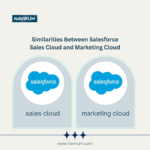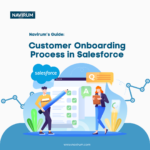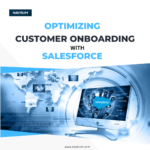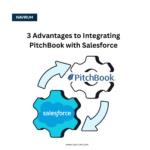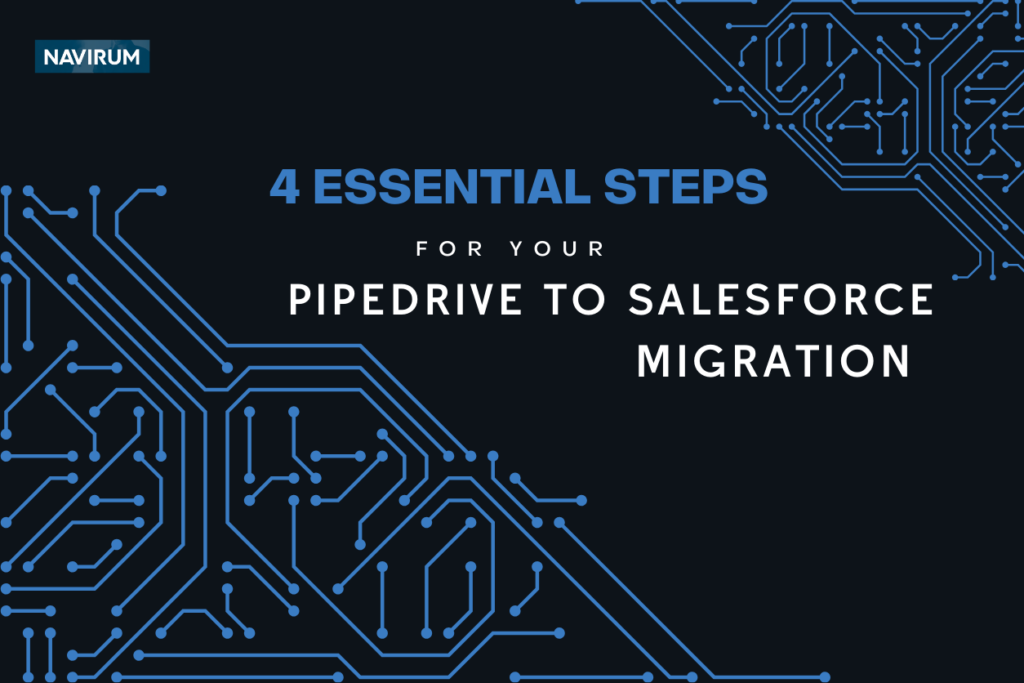
Embarking on a migration journey from Pipedrive to Salesforce can be a significant step for your organization, promising enhanced capabilities and scalability. However, proper preparation is key to ensuring a smooth transition and maximizing the benefits of Salesforce. Here are the four essential steps to help you prepare for your Pipedrive to Salesforce migration.
- Assess Your Current Data: Before initiating the migration process, it’s crucial to conduct a thorough assessment of your existing data in Pipedrive. Identify the types of data stored, such as leads, contacts, accounts, opportunities, and activities. Evaluate the quality and consistency of the data, identifying any duplicates, inaccuracies, or missing information. This assessment will serve as the foundation for mapping your data to Salesforce fields and ensuring a seamless transition.
- Define Your Salesforce Requirements: Next, clearly define your organization’s requirements and objectives for Salesforce. Identify the key functionalities and features that are essential for your business processes and workflows. Consider factors such as sales pipeline management, lead generation, opportunity tracking, reporting and analytics, and integration with other systems. Collaborate with stakeholders across departments to ensure alignment and gather input on customization needs and preferences.
- Plan Your Data Migration Strategy: Based on your assessment and requirements, develop a comprehensive data migration strategy that outlines the migration approach, timeline, and resources required. Determine the method of migration, whether it’s manual data entry, CSV file import, or leveraging migration tools and third-party services. Establish data mapping rules to ensure that data from Pipedrive accurately aligns with Salesforce fields and objects. Additionally, consider conducting a data cleanup process to eliminate duplicates and standardize data formats before migration.
- Engage with Salesforce Experts: Finally, engage with Salesforce consulting experts who specialize in migrations and have experience with Pipedrive to Salesforce transitions. Collaborate with them to validate your migration strategy, address any technical challenges or complexities, and leverage best practices for a successful migration. Work with the consulting team to configure Salesforce according to your requirements, customize workflows, and train users to ensure a smooth adoption post-migration. Leverage their expertise to optimize Salesforce for your organization’s unique needs and maximize ROI.
Preparing for a Pipedrive to Salesforce migration requires careful planning, assessment, and collaboration with experienced Salesforce consultants. By following these four essential steps—assessing your current data, defining Salesforce requirements, planning your migration strategy, and engaging with Salesforce experts—you can set your organization up for a successful transition.
With proper preparation and guidance, you can unlock the full potential of Salesforce and drive growth and efficiency across your organization.
Navirum, as a leading Salesforce consulting and advisory firm, specializes in guiding organizations through seamless migrations and maximizing the value of Salesforce. Contact us today to learn more about how we can support your migration journey and help you achieve your business goals.
